KI in Medienanwendungen - 01 - Einführung
KI in Medienanwendungen¶
Seminar im Wintersemester 2025/26 Prof. Dr.-Ing. Uwe Hahne
Vorstellung, Arbeitsweise, Inhalte¶
KI in Medienanwendungen Prof. Uwe Hahne
Vorstellung (Dozent)¶
- Uwe Hahne, https://uhahne.github.io/GenAI/
- Büro: I 1.01, Mail: uwe.hahne@hs-furtwangen.de
- Telefon: +49 (0) 7723 920 2536
- Sprechzeiten: sehr gerne, Termine in FELIX
Kurzer Lebenslauf¶
- Studium der Mediensysteme an der Bauhaus Universität Weimar
- Promotion an der TU Berlin im Bereich Computergrafik
- 9 Jahre SW Entwicklung und Gruppenleitung bei SICK in Waldkirch
- Seit WiSe 2021 an der HFU
- Interessen: 3D Computer Vision+Graphics, Agilität, Medien, ...
Vorstellung (Teilnehmende)¶
-
Und jetzt ihr...
-
Nennt euren Namen und beschreibt eure Erwartungen an diesen Kurs „KI in Medienanwendungen“
Wie läuft das Seminar ab?¶
- Interaktiv und kommunikativ
- Werte: Mut, Fokus, Commitment, Respekt und Offenheit
- Transparente Lernziele
- Protokollierung der Termine
- Slides, Links, Aufgaben, Ergebnisse...
- Reaktion auf letzte Session bei Feedback
- z.B. Wiederholung oder Ergänzung
- Didaktische Anpassung
Lernzonen¶
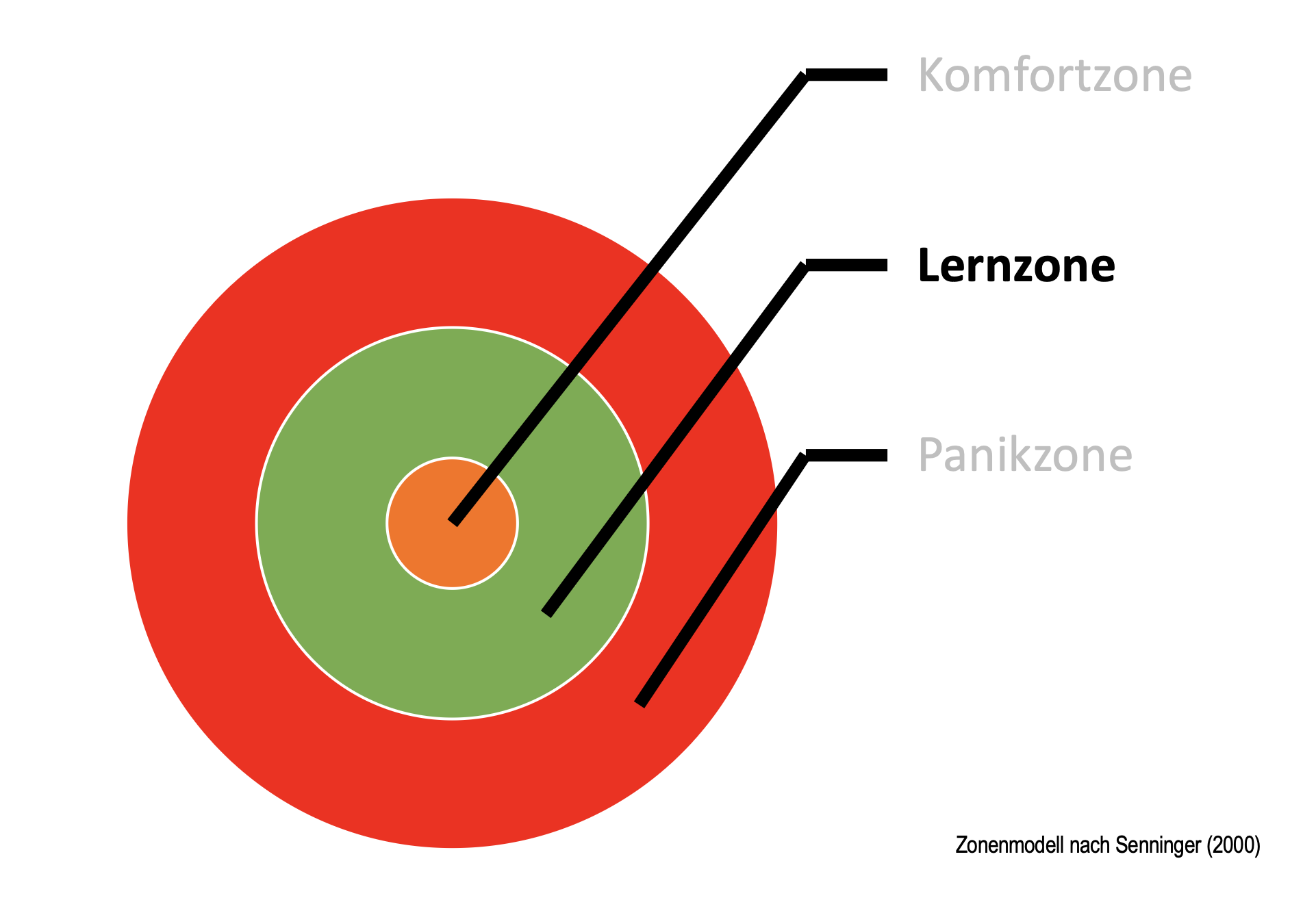
Arbeitseinstellung¶
- Ich gehe davon aus, dass man sich auch außerhalb der Veranstaltungen (Vorlesung) mit dem Thema auseinander setzt.
- „Growth Mindset*“:
- „Ich kann das nochnicht.“ – es geht hier darum etwas zu lernen, nicht darum zu zeigen, dass man etwas kann.
- Fehler sind cool, davon lernt man am meisten. *Vorsicht mit diesem Begriff: Ursprung und Kritik
Wo finde ich was?¶
-
Inhalte und Materialien: https://uhahne.github.io/GenAI/
-
Organisatorisches im FELIX Kurs
- KI in Medienanwendungen (WiSe 2025/26)

Zugangscode: DAVT
Kommunikation¶
- Am besten über Discord: https://discord.gg/v7y6cAMgGc
- Bitte die offenen Kanäle nutzen! Es gibt keine dummen Fragen.
- Wenn direkte Mail, dann bitte mit dem Präfix
KIM-WiSe25im aussagekräftigen Betreff an uwe.hahne@hs-furtwangen.de - Wie oft checkt ihr eure Emails?
- Ich gehe davon aus, dass von mir an den Kurs gesendete Mails innerhalb von 24h gelesen wurden.
Prüfung¶
- Kolloquium "KI in Medienanwendungen"
- Termin in der Prüfungszeit
- Eine Art mündliche Prüfung mit Präsentation des Gelernten
Lerninhalte: GenAI¶
Kernfragen:
- Wie funktioniert es?
- Was kann man damit machen?
- Sollte man es wirklich tun? Welche Folgen hat es oder könnte es haben?
Motivation¶
The state of the art in Generative AI¶
- image generation
- video generation
- 3D model generation
- code generation
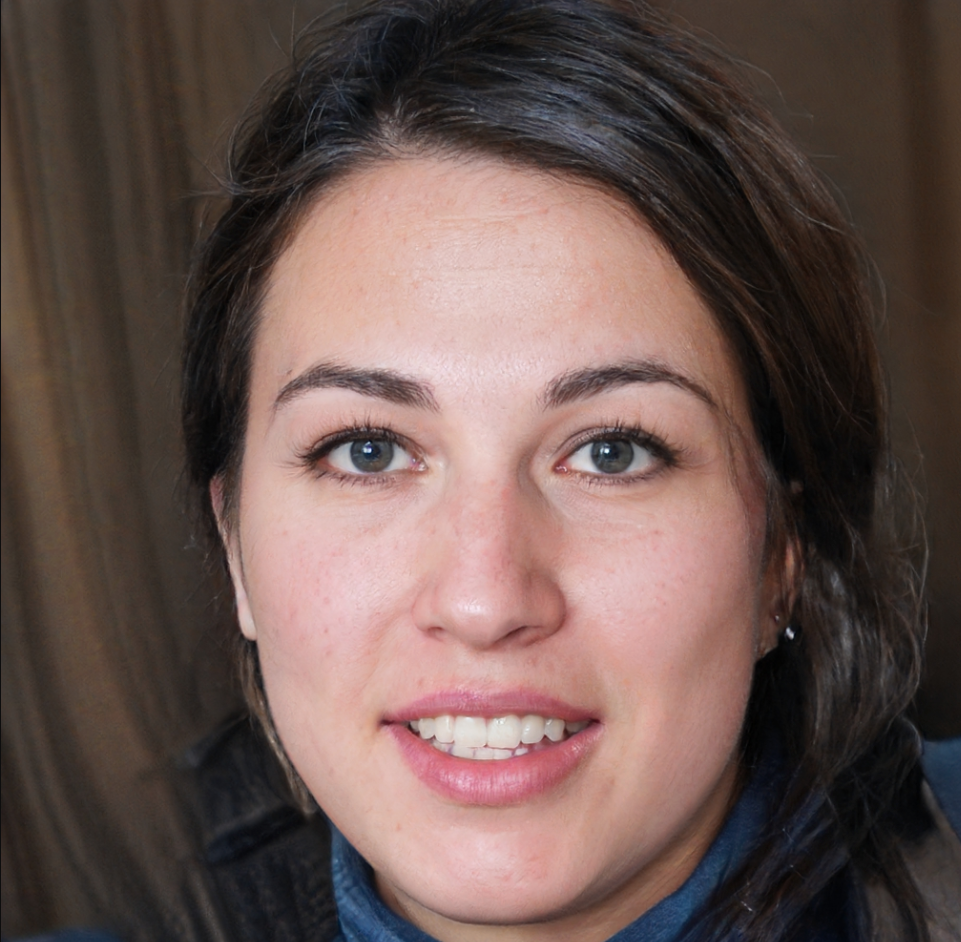
- Person image: This Person Does Not Exist

- Midjourney house draft animation: Midjourney Explore
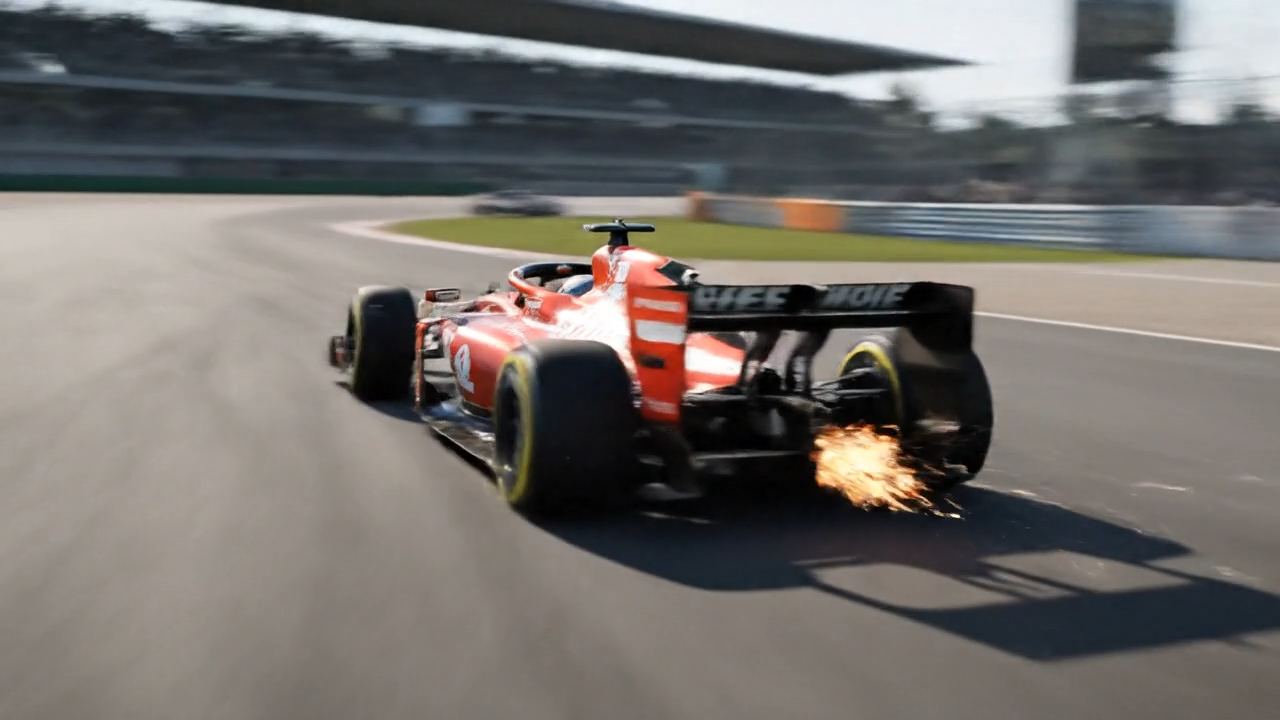
- VEO3 racecar video: Google AI Studio
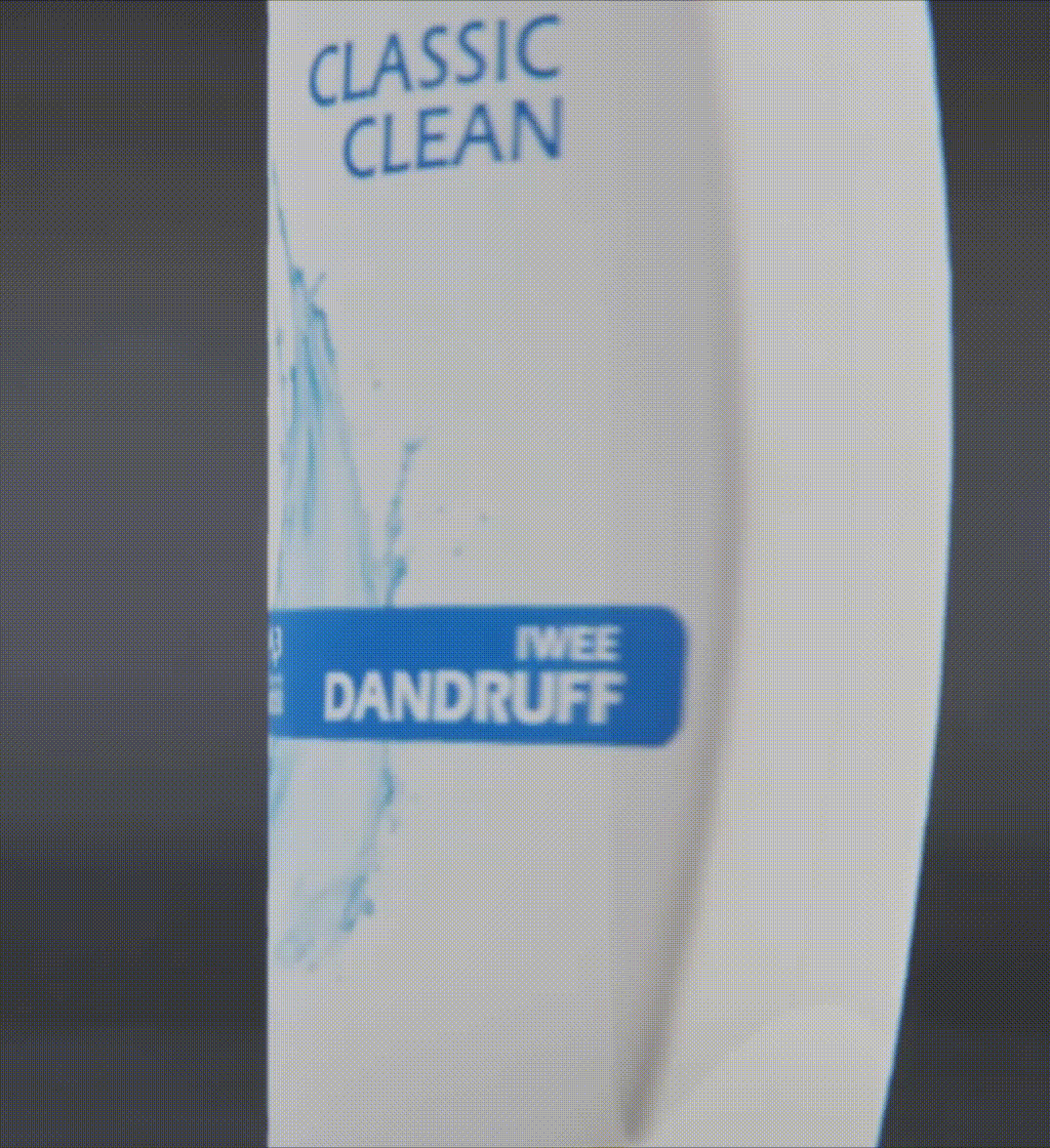
- Common Sense Machine texture: Blog with other examples, shown example was published only on Discord.
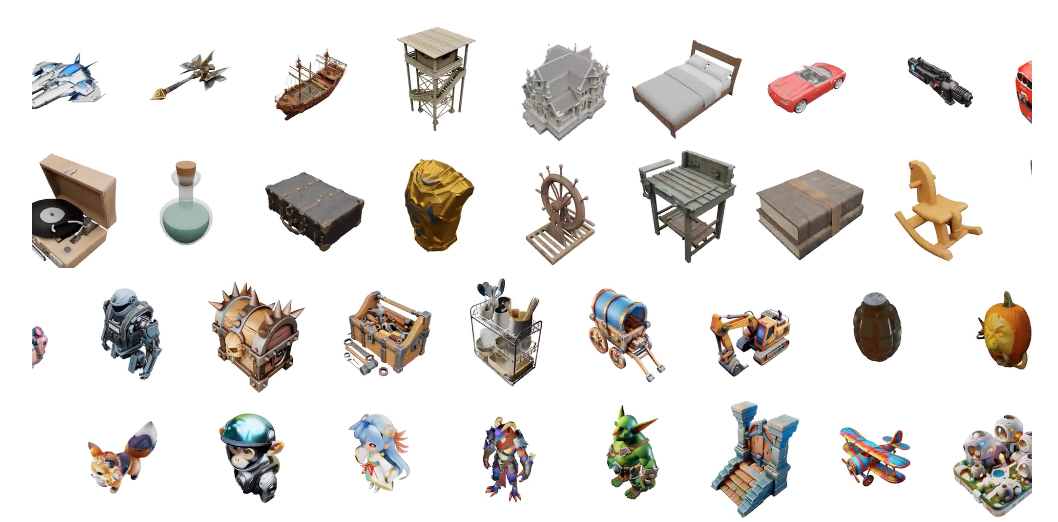
- Microsoft Research Trellis teaser: Trellis

This Python code was generated by bwGPT.
import matplotlib.pyplot as plt
import numpy as np
# Set up the figure
fig, ax = plt.subplots(figsize=(6, 6), facecolor='white')
ax.set_xlim(-1.5, 1.5)
ax.set_ylim(-1.5, 1.5)
ax.axis('off')
# Define colors (four colors)
colors = ['#FF5733', '#33FF57', '#3357FF', '#FFC300']
# Draw a central circle (representing creativity and the core of generative AI)
circle = plt.Circle((0, 0), 0.5, color=colors[0], alpha=0.9)
ax.add_artist(circle)
# Draw shapes around the circle (representing branching ideas or outputs)
# Top triangle
triangle_x = [0, 0.7, -0.7]
triangle_y = [0.5, 1.2, 1.2]
ax.fill(triangle_x, triangle_y, color=colors[1], alpha=0.8)
# Right diamond shape
diamond_x = [0.5, 1.2, 0.5, 0]
diamond_y = [0, 0.7, 1.2, 0.5]
ax.fill(diamond_x, diamond_y, color=colors[2], alpha=0.8)
# Left abstract shape
abstract_x = [-0.5, -1.2, -0.8, 0]
abstract_y = [0, 0.7, 1.2, 0.5]
ax.fill(abstract_x, abstract_y, color=colors[3], alpha=0.8)
# Bottom shape (inverted triangle)
bottom_triangle_x = [-0.7, 0, 0.7]
bottom_triangle_y = [-1.2, -0.5, -1.2]
ax.fill(bottom_triangle_x, bottom_triangle_y, color=colors[2], alpha=0.8)
# Save and display the logo
plt.tight_layout()
plt.show()